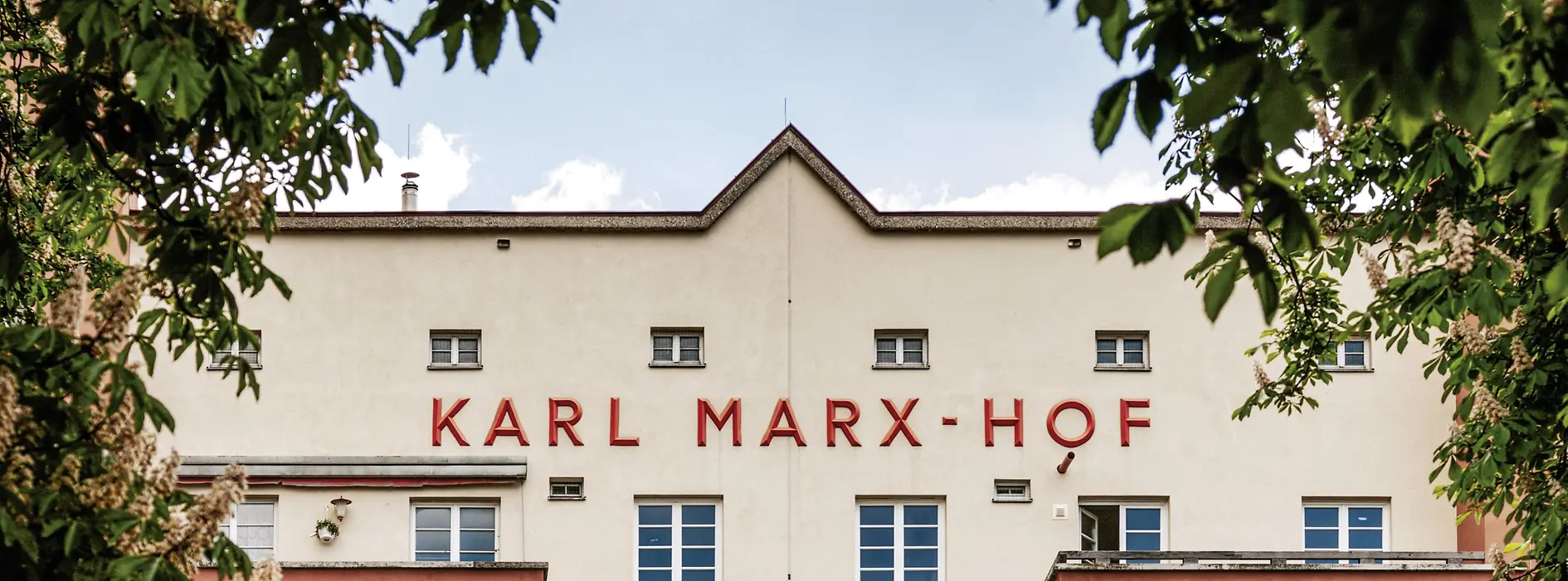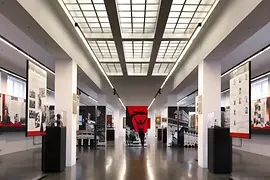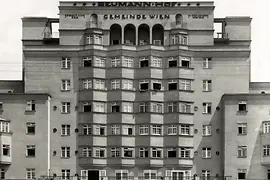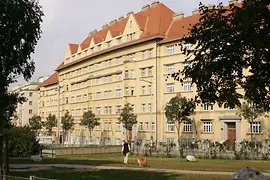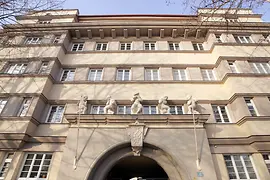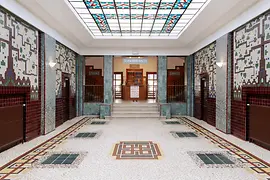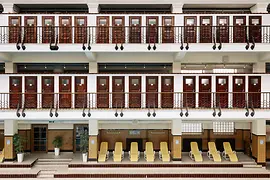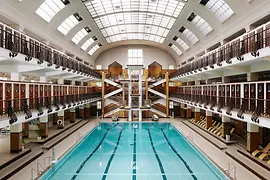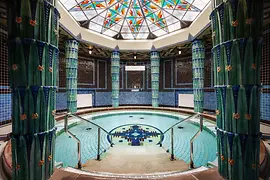100 years of Red Vienna
After the First World War, Vienna was a city beset with misery and hunger. Above all, there was too little living space. In the suburbs, people lived in settlements made of illegal shacks. In winter they froze and tuberculosis claimed thousands of lives.
A few years later, the workers lived in true palaces of the proletariat – with heating, gardens and plenty of space. They went to the theater or the movies. They received medical care and participated in intellectual life. What had happened?
The first properly free elections to the Vienna City Council in May 1919 delivered the Social Democratic Workers' Party the absolute majority of votes and mandates. "One day, these stones will speak for us," predicted Mayor Karl Seitz at the opening of the Karl-Marx-Hof in Heiligenstadt on October 12, 1930 – named after the theorist of communism. The "Superblock" with a length of 1.2 kilometers, with its massive oriels and towers, whose apartments nevertheless remained airy and worth living in, tells the story of Red Vienna.
Otto Wagner as a role model
The Social Democrats began to fight against the plight of the people with effective policies – instead of a revolution. Books and education replaced gun cartridges. Healthy housing offered people the opportunity to develop. To avoid being dependent on speculators, the city itself built more than 64,000 apartments and gave them away on the basis of a points system. The money was raised from a wage tax and the housing tax introduced in 1923.
In many of the municipal buildings that still characterize the cityscape today, beautiful details and remarkable stylistic elements of the Art Deco and Bauhaus movements can be found. Many of the architects were students of Otto Wagner.
The Karl-Marx-Hof is the flagship of the red fleet of houses. Mighty flagpoles rise into the sky over the monumental towers of the central wing. In the inner courtyard, a sower – a bronze figure – symbolically sows his seeds: The community buildings also housed kindergartens, advice centers for mothers, clinics and sports fields, coffee houses and libraries. The social experiment encompassed all areas of life. In Laundry Room No. 2, where the bathtubs and showers were located, an exhibition now provides information about the attempt to create a new society that could face up to the capitalist bourgeoisie.
Amalienbad: Temple of Hygiene
The school reformer Otto Glöckel cleared out the curricula of the elementary schools. City councilor Julius Tandler came up with a new health and welfare policy that provided for citizens from cradle to grave. The city government put its financial house in order with new taxes on luxury, property and assets, and modernized the funeral service, the water supply and the fire department. The steam-powered city railway from the imperial era was "electrified" and connected to the tram network.
A well-connected district was Favoriten, where workers worked in brick factories and other large enterprises before returning home sweaty and dirty – to mass rental houses without their own bathroom. It was the perfect place for a novel temple of hygiene: the Amalienbad. With space for 1,300 visitors, a magnificent indoor swimming pool with glass roof, a Roman-Irish bath, and – brand new in those days – showers. They were praised in the literature, because the water is "continuously replenished with clean water, so that the bather does not bathe in dirty water".
Only the stairway is left of the workers' bathing beach that was built on the Old Danube. By contrast, the swimming, sunbathing and air bath at the Kongresspark in Ottakring still exudes the inspiring spirit of the 1920s.
In 1934, one in ten Viennese lived in social housing. But the left-wing hegemony came to an abrupt end when Engelbert Dollfuss from the Christian Social Party had parliament shut down and the army opened fired at the Karl Marx Hof in the "Civil War" of February 1934. More than 350 people lost their lives. The utopia of Red Vienna lay in ruins in those days, but its legacy lives on to this day. The fact that Vienna is regularly voted the most livable city in the world is largely due to the achievements of Red Vienna back then, whose impact continues to be felt today.
- Waschsalon Nr. 2, Halteraugasse 7, 1190 Wien
- info@dasrotewien-waschsalon.at
- http://dasrotewien-waschsalon.at
Opening times
- Th, 13:00 - 18:00
- Su, 12:00 - 16:00
- Reumannplatz 23, 1100 Wien
- www.wien.gv.at
Opening times
- Tu, 13:00 - 16:30
- We, 13:00 - 21:00
- Th, 08:00 - 21:00
- Fr, 13:00 - 16:30
- Sa, 08:00 - 18:30
- Su, 08:00 - 17:30
- Felderstraße 6-8, 1010 Wien
- office@wienmuseum.at
- https://www.wienmuseum.at/musa
Prices
- Free admission
Opening times
- Tu - Su, 10:00 - 18:00
Closed: 1.1., 25.12.
December 24 and December 31: 10:00 a.m. to 2:00 p.m.
Artothek opening hours: Tuesday to Friday, 10:00 - 18:00, Saturday, 10:00 - 14:00
Accessibility
no steps (Swinging doors 130 cm wide)
4 Parking spaces for people with disabilities
Seeing eye dogs allowed
Wheelchair accessible restroom available.
All exhibition openings with sign-language translation, art education with sign-language translation on prior arrangement, induction loop for hearing impaired.
